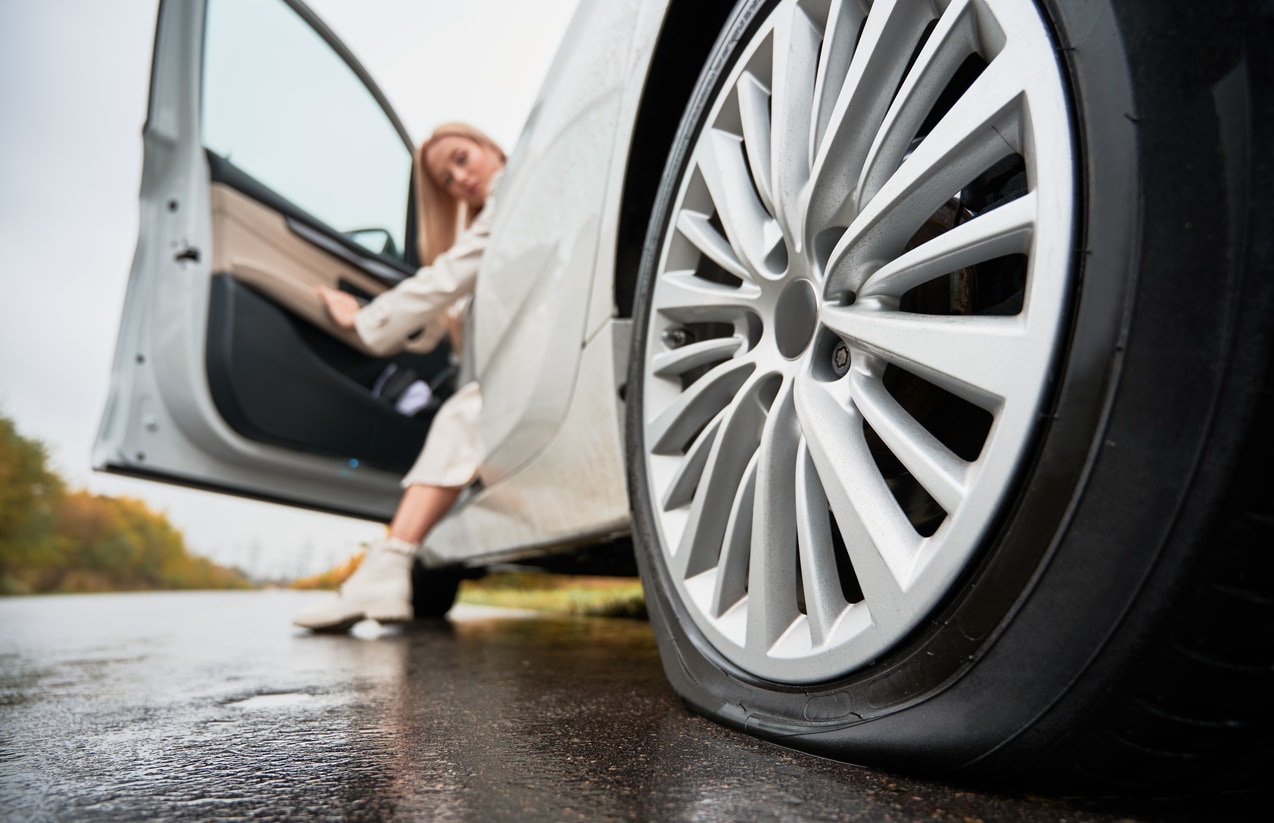When it comes to driving on uneven surfaces, you need tires with unique properties that can endure the impact yet provide you with a comfortable ride. Compared to driving on the highways, off-road driving changes drastically, which is why the off road tires suitable for this type of surface need to be ideal for handling sudden brakes, absorbing shocks and impacts, and steering safely around an obstacle. While the world of tires is expanding at a rapid pace by designing tires to handle multiple terrains, run-flat tires are the solution to driving comfortably even with a puncture, which is a common sight in off-road driving.
With that being said, let’s take a closer look at what run-flat tires are and how they work.
What Exactly Are Run-Flat Tires?
The major factor that differentiates run-flat tires from other off-road tires is the ability to drive a certain distance even after receiving a puncture. In off-road driving, this becomes extremely useful as it gives you the window to find a nearby place to replace the tires. On average, these tires can go up to 50 miles at a 50 mph speed.
Run-flat tires were first introduced in 1935, which were modified in the 1950s and promoted as an emergency tire that would travel for up to 100 miles even after a puncture. Thanks to the thick and stiff sidewalls, these tires can drive a certain distance and support the car at the same time while being deflated. Run flat tires are designed to eliminate the inconvenience related to a flat tire by letting you keep driving after losing air pressure in the tire.
How Do Run Flat Tries Operate?
Run flat tires work by following three primary technologies: self-supporting, self-sealing, and auxiliary-supported.
Self-Supporting Run-Flat Tires
The concept of self-supporting tires started in 1935 when a fabric inner tire was introduced in order to protect against blowouts that were common in the 1930s. This is the oldest run flat technology, and it is also the most popular type in use today. The sidewalls are reinforced heavily with this technology in order to support the car at the time of low air pressure or when the tire is punctured. The sidewall maintains a connection to the rim that helps to carry the weight of the car when necessary.
Here are some of the common reasons for using self-supporting run-flat tires.

- Allows you to drive on a flat tire: The main advantage of driving with self-supporting run flat tire is that they let you drive on a flat tire up to 50 miles even after losing air. However, it is better to reduce the speed to 50 mph to cover the maximum distance in that condition, although it may vary depending on the model or tire in application.
- Vehicle weight: Since you won’t need a spare wheel and tire repair tool on board, theoretically, it reduces the vehicle load. However, with the reinforced sidewalls of the tires the vehicle weight does not fluctuate much as one might expect.
- Greater stability: self-supporting tires can go miles while supporting the vehicle being deflated. When there is a sudden deflation in the tires, it results in less weight transfer and tread destabilization. Despite that, these tires provide decent steering and handling.
Self-Sealing Tires
Self-sealing run flat technology, on the other hand, works in a different way that features a lining inside. This lining responds instantly if any objects with a pointy angle, like nails or screws, puncture the tire. This tire technology prevents the tires from sustaining further damage from punctures and causing further damage. However, when compared to self-supporting tires, these tires are not as common and are only restricted to specific rim sizes.
Auxiliary Supported Tires
The Auxiliary supported tires are the by far the toughest out of the three technologies. This is why mainly government, army, and armoured vehicles use this. These run-flat tires are bulletproof and mainly feature Kevlar reinforcement that is resistant to such punctures. This type of run-flat tyre possesses a support ring that enables the vehicle to cover a short distance with a deflated tire. The auxiliary supported tires are undoubtedly the most reliable and safest option available. However, they are more expensive compared to other types of run-flat tires.
Why Are Run-Flat Tires Important?
Run flat tires come with a range of benefits that range from giving you full control of your vehicle despite getting the tire punctured to increasing the boot space as the there is no need to carry a spare wheel. This type of tires is ideal for travelling long distances, so you can enjoy hassle-free driving every time. Using run-flat tires also provides you with a fuel-efficient driving experience along with a safe and convenient one.

